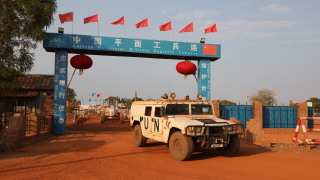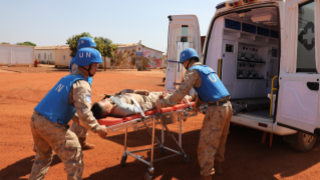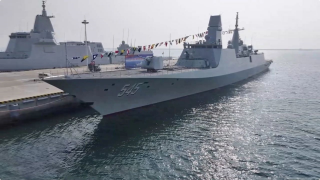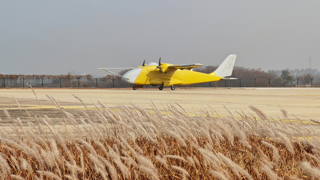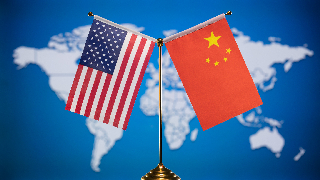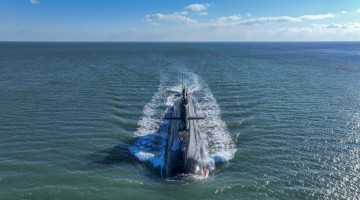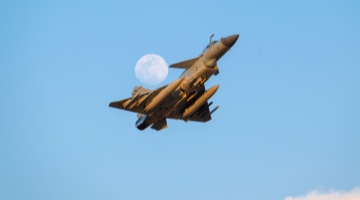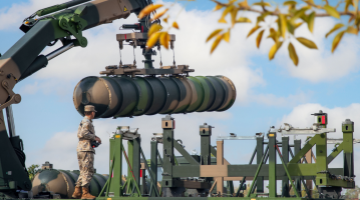By Hu Chengcheng
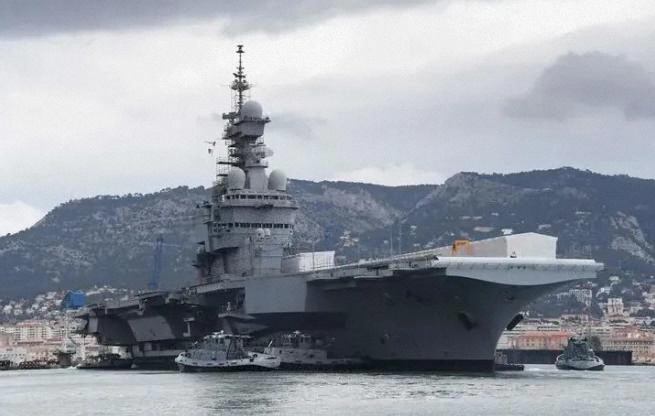
File picture: The Charles de Gaulle Aircraft Carrier of France
From February 10 to 18, 2025, the French Navy, the US Navy, and the Japan Maritime Self Defense Force (JMSDF) conducted the Exercise Pacific Steller 2025 joint maritime exercise in the Philippine Sea.
Hosted by the French Navy, the exercise aims to strengthen interoperability with the US Navy's Seventh Fleet and highlight France's commitment to security and stability in the Western Pacific region. The US Navy's Carl Vinson Carrier Strike Group (VINCSG) regularly conducts combat readiness training in the region. Through this joint exercise, the US military seeks to further enhance coordination with its allies. The JMSDF has converted Izumo-class helicopter destroyer Kaga into a light aircraft carrier and hopes to use this opportunity to strengthen cooperation with France and the US in weapons and equipment interoperability. The joint exercise includes antisubmarine drills, joint maritime fleet air defense, and strikes against maritime targets, among other training activities.
According to Chinese military observer Cui Yiliang, multiple factors were considered in choosing the Philippine Sea as the location for Exercise Pacific Steller 2025.
From an international relations perspective, France took its relationship with China into account when planning this joint exercise. Given that conducting an exercise in the South China Sea could be perceived as a "provocative" act, France chose the Philippine Sea, which lies beyond the so-called "First Island Chain".
From an operational perspective, there are two main reasons for choosing the Philippine Sea. One is that the vast maritime area and deep-ocean environment are conducive to the maneuvering of large naval formations, and the other is that the relatively long distance from the Asian continent reduces the risk of reconnaissance and surveillance by other countries.
Cui Yiliang analyzed that this France-US-Japan joint naval exercise, to some extent, aligns with the Philippines' strategic considerations of drawing external powers into regional affairs. Although the Philippines is relatively weak in military power, it is keen on creating regional tensions. In a situation where it is outmatched, the Philippines adopts a balancing strategy, seeking external powers to counteract great powers to enhance its international standing and influence. As a result, it spares no effort in drawing external powers to bolster its position.
Although the joint naval exercise appears impressive, it is unlikely to cause significant turmoil in the Asia-Pacific region. Given that France has overseas territories in the western Pacific, how it maintains a permanent military presence in the region will be a key point of focus.





